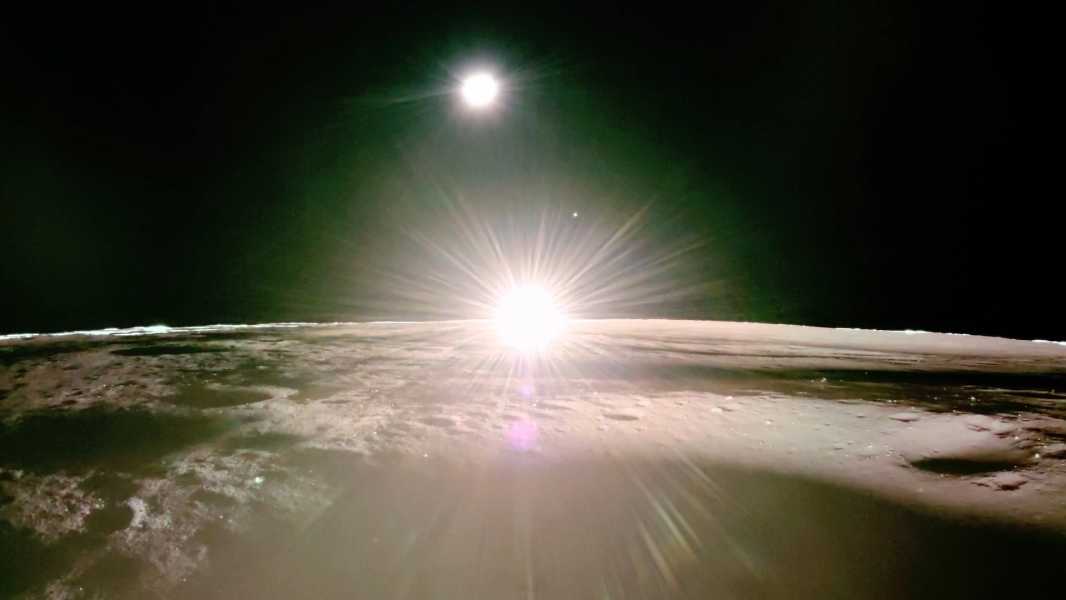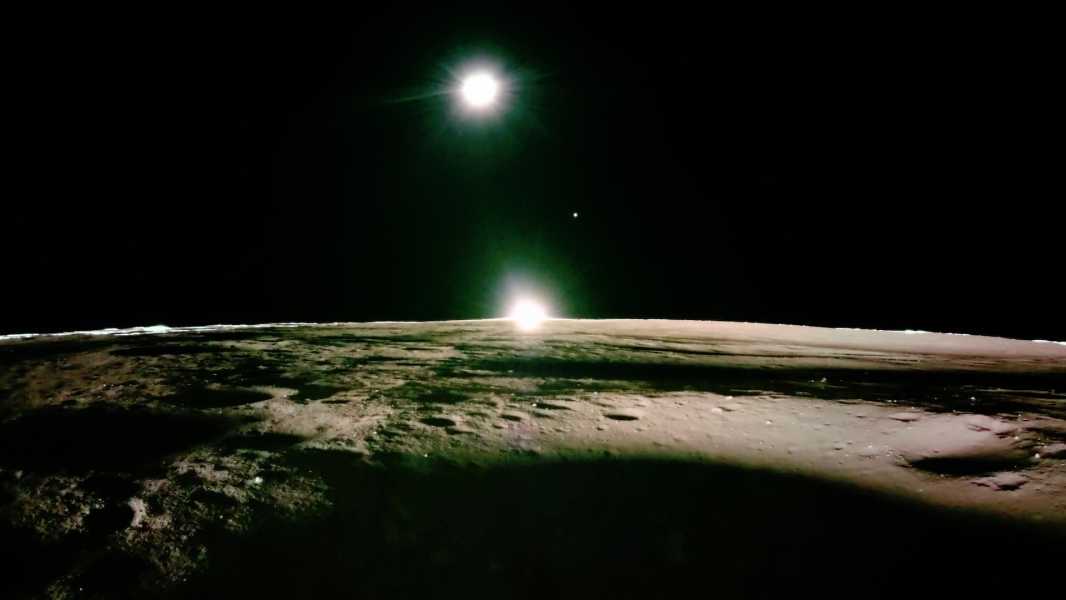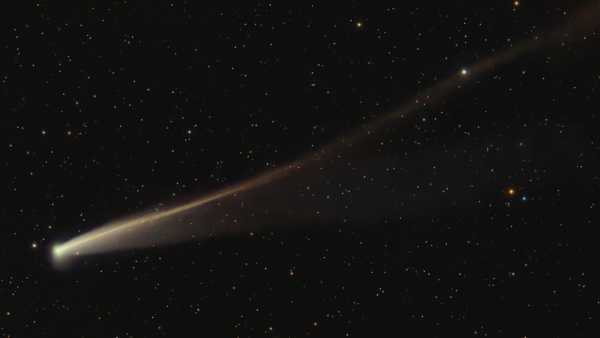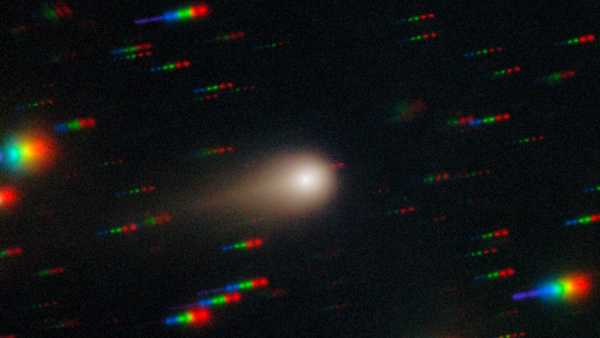
A sunset with Earth and Venus on the horizon, photographed by Firefly Aerospace's Blue Ghost spacecraft on the Moon. (Image credit: Firefly Aerospace)
What is it: Moon sunset, part of the first in a series of high-resolution lunar sunset images.
Location: Mons Latreille, a mountain in the lunar basin Mare Crisium (“Sea of Crises”).
When published: March 18, 2025
Why it's so special: A spacecraft on the moon captured a unique series of images of a lunar sunset this week. Firefly Aerospace's Blue Ghost lunar module captured these stunning high-definition images from a location at the foot of Mons Latreille, a mountain in the Mare Crisium basin near the Mare Tranquillitatis where the Apollo 11 mission landed in 1969.
The photos, taken from different cameras and stitched together, show the horizon lit up by the setting sun, and Earth and Venus are also visible. (Venus is the bright point at the top right of the Sun, and Earth is the large bright object at the top left.)

Another image taken by Blue Ghost shows darkness descending on the Moon as Earth and Venus watch on.
Sunsets on the Moon are much less frequent than on Earth. Because the Moon is tidally locked to Earth, one day on the Moon — from sunrise to sunset — lasts 14.5 Earth days. That's half the time it takes the Moon to orbit the Earth.
That explains why Firefly Aerospace’s Blue Ghost mission, which launched on Jan. 15, was only able to operate on solar power for just over two weeks. After landing on March 2, it relied on solar power until switching to battery power on March 16. It finally “gone dark” at 7:15 p.m. ET that day, five hours after sending back its iconic images. In total, it operated for 346 hours during lunar daylight, according to Firefly Aerospace.
As darkness fell, the Blue Ghost mission wrapped up its work, beginning with an image of the moon rising on March 3. On March 14, the spacecraft captured an iconic image of a total lunar eclipse, a “blood moon,” as seen from Earth. From Blue Ghost’s vantage point on the moon, it witnessed a total solar eclipse — with a “diamond ring” effect — with a red lunar surface.
Mission Blue Ghost #1, nicknamed “Ghost Riders in the Sky,” was groundbreaking in many ways.
“Firefly’s Blue Ghost 1 mission was the longest-duration commercial mission to the lunar surface to date, collecting exceptional science data that will benefit humanity for decades to come.
Sourse: www.livescience.com





